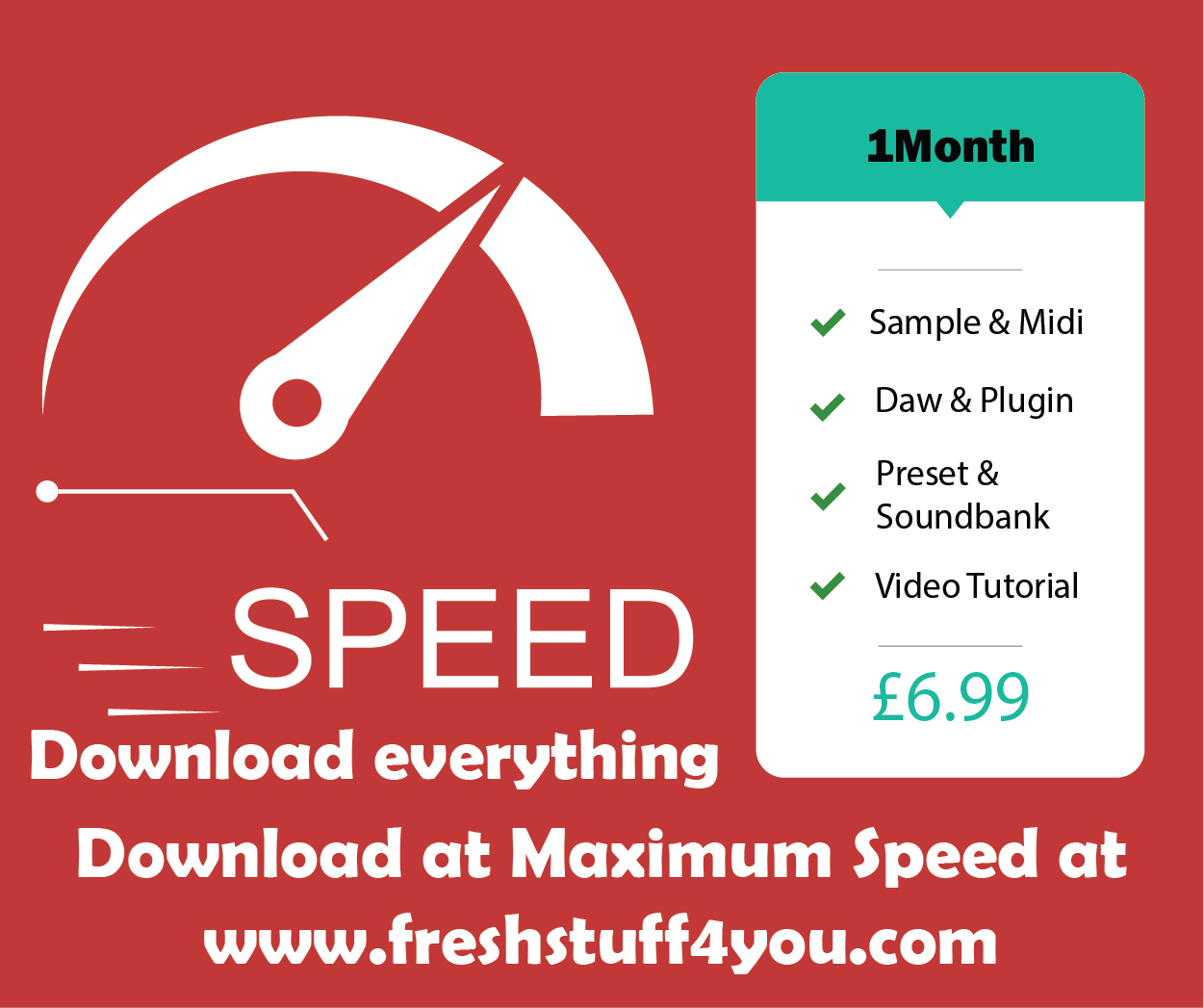Groove3 Cubase 13 Explained [TUTORIAL]
In this Cubase 13 video course, veteran Groove3 instructor Gary Hiebner walks you through Steinberg’s powerful DAW from the beginning for a comprehensive look at all the features, functions, and more that you need to know now to start using it today. Whether you just want to simply record acoustic guitar and vocals or create a full-blown production with audio, MIDI, automation, parallel processing, and more, you’ll learn everything you need quickly in this Cubase 13 tutorial and be ready to start laying down your first track right away. These Cubase videos are designed for new Cubase 13 users.
Gary starts off by taking you through the process of setting up your audio interface, sample rate and buffer sizes, and your MIDI devices. Then you’ll learn how to set up track and rack instruments, the difference between the two, and how to load a virtual instrument (VSTi) on each. After that, Gary shows you how to record your first MIDI track, along with setting up the tempo for your song and enabling the metronome with a pre-count.
Next, you’ll learn how to edit your recorded MIDI track, including note velocity (note volume), duplicating, moving, and copying parts, zooming in and out, and more. Gary will also demonstrate the various editing tools at your disposal, such as Range, Scissors, Glue, Mute, and Color. See also how to add automation to your MIDI parts via CC controller lanes, such as panning and modulation.
There’s much more in the remainder of the course, including the drum editor (dedicated editor for percussion instruments), MIDI record modes (overwrite, merge, etc.), MIDI inserts and modifiers (arpeggiating chords, quantizing, etc.), recording audio (setting up interface, arming tracks, etc.), audio record modes, importing audio (included content or external files), editing audio (fades, clip volume, etc.), comping (recording multiple takes and piecing together a composite take with the best parts from each), VariAudio (pitch correction), the Sampler, automation, audio effects, and much more!
If you need a full-featured DAW that you can use for all your production duties, you can’t go wrong with Cubase 13. As with any DAW, however, there’s a fairly steep learning curve, and that’s what this Cubase course is for! By the end, you’ll feel extremely comfortable with all the standard applications and features and will be well on your way to tracking, editing, and mixing your first song. See the individual Cubase 13 video tutorial descriptions for more information and inspiration. Your masterpiece awaits… Watch “Cubase 13 Explained®” now!
What You Will Learn:
- How to set up your audio interface and project parameters such as buffer size, sample rate, and more
- Recording and editing MIDI instruments and audio
- Using automation to change parameters (volume, panning, etc.) over time for a dynamic mix
- Add effects via sends and inserts and setting up more complex effects chains such as side-chaining and parallel processing
- And much more!

![Groove3 Cubase 13 Explained [TUTORIAL]](https://freshstuff4you.com/wp-content/uploads/2023/12/Groove3-Cubase-13-Explained-TUTORIAL.webp)






